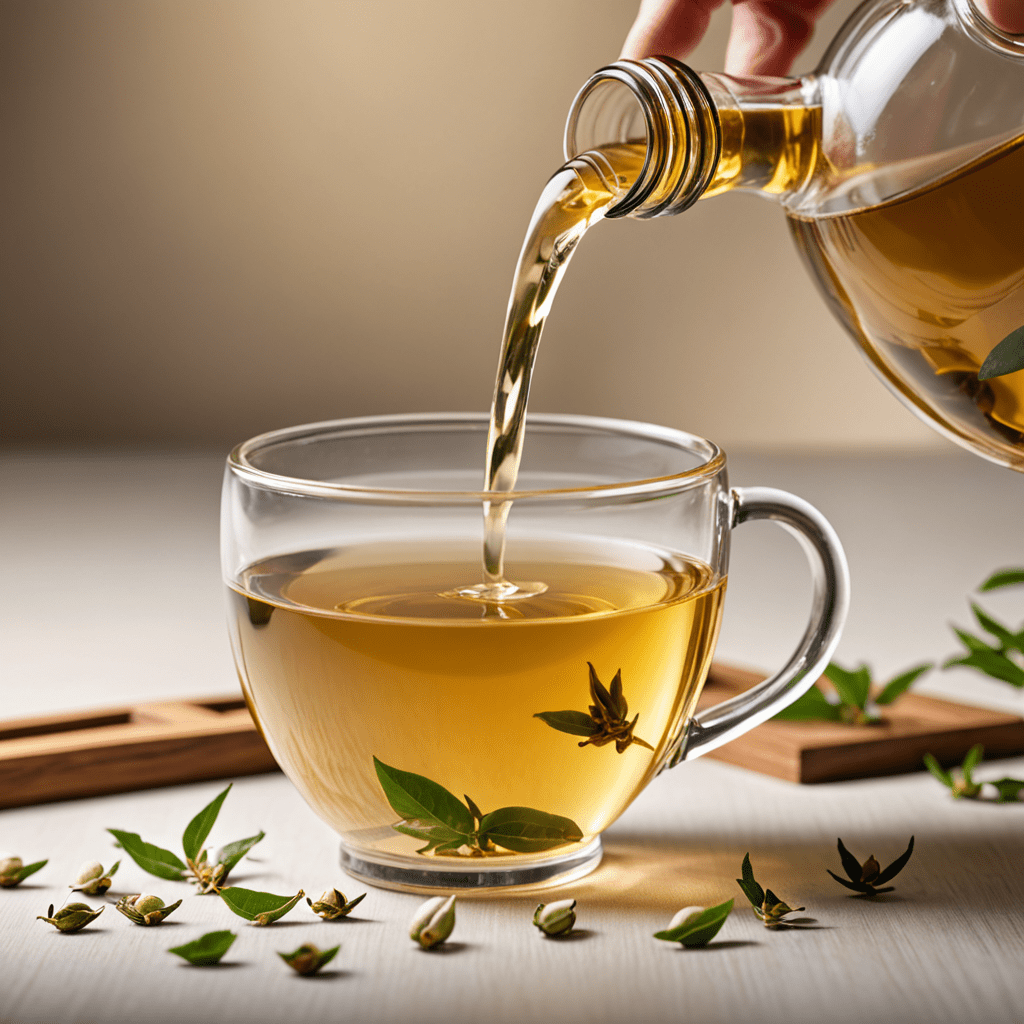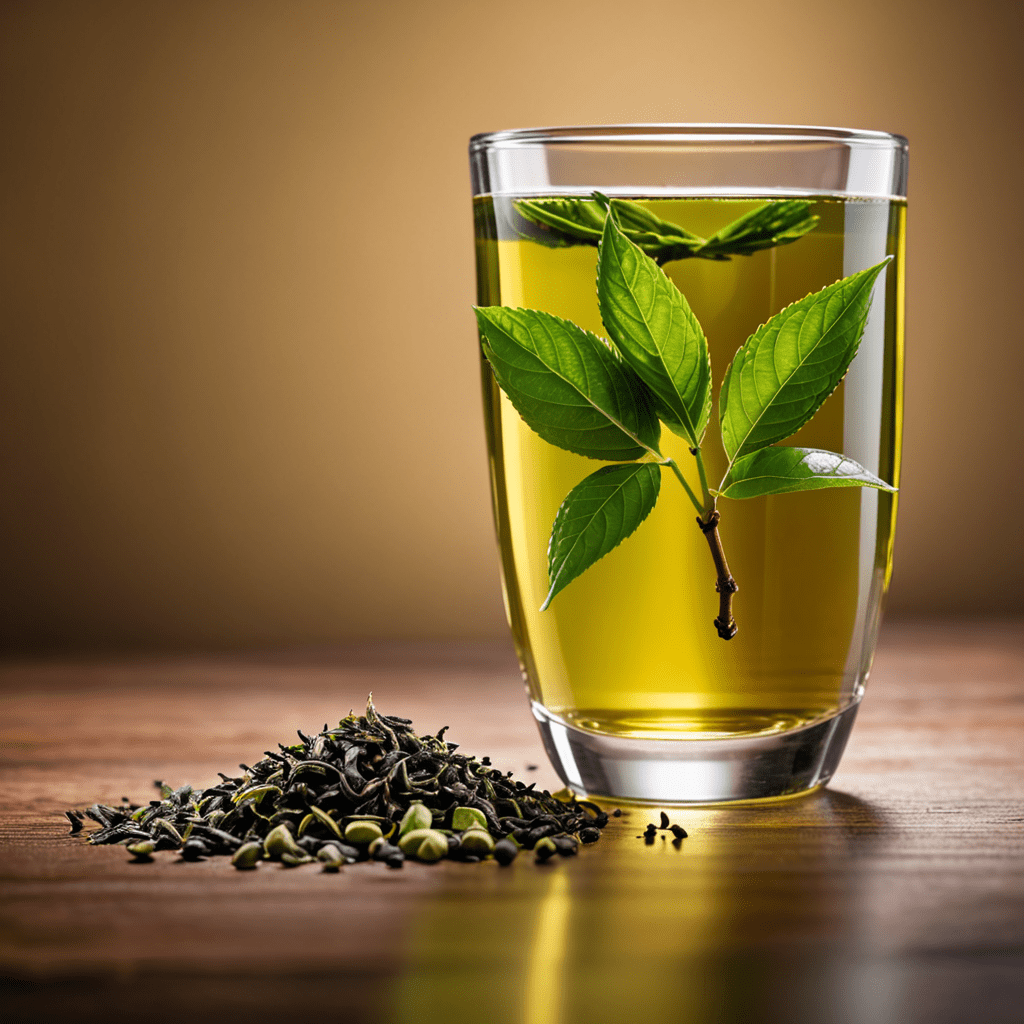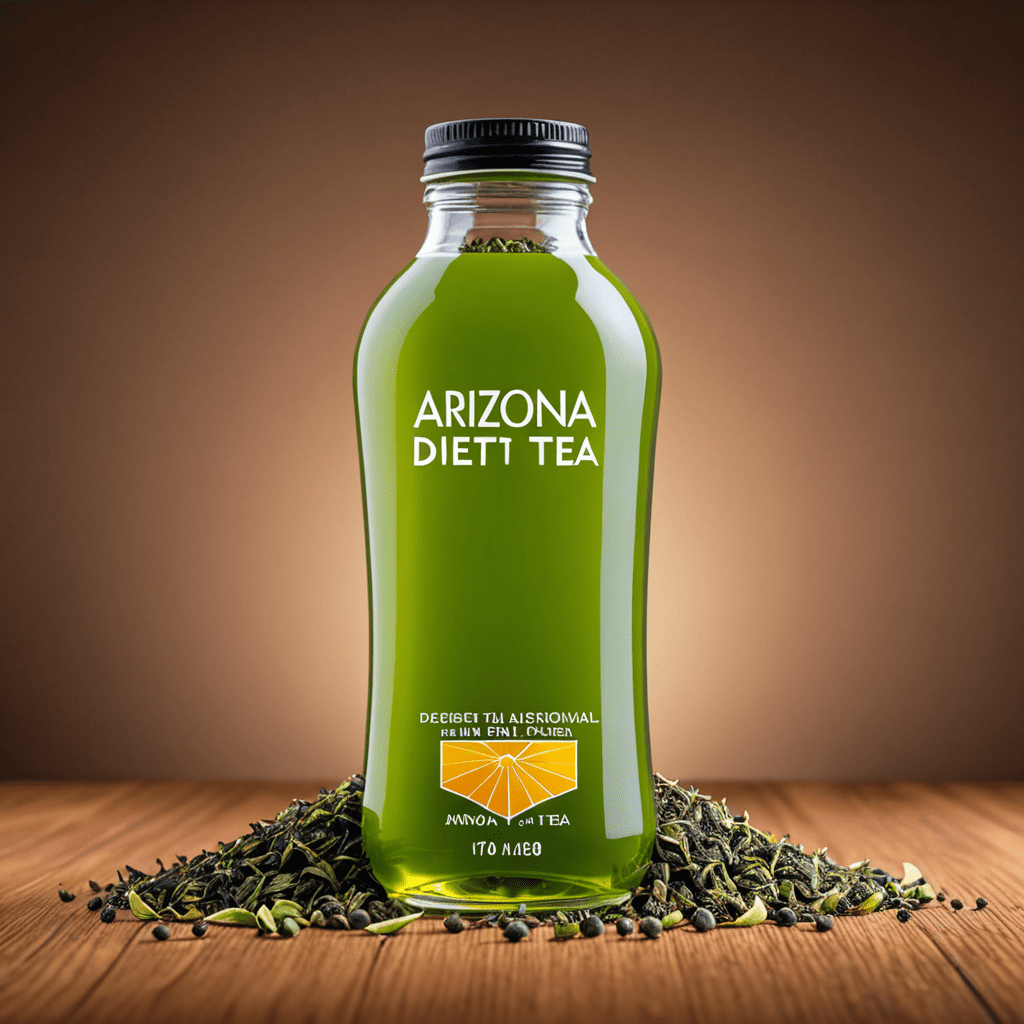Unlocking the Serene World of White Tea
White tea, often revered for its delicate flavor and numerous health benefits, offers a tranquil experience with every sip. Distinguished by its minimal processing and subtle notes, white tea stands out among other tea varieties. Let’s delve into the serene world of white tea and discover the essence that lies within each cup.
The Origin of White Tea: An Ancient Tradition
White tea traces its roots back to ancient China, where it was reserved for emperors and nobility due to its rarity and exquisite taste. The delicate tea leaves are harvested from the Camellia sinensis plant, withered and dried under controlled conditions to maintain their natural essence. This minimal processing distinguishes white tea from green, black, and oolong varieties.
Types of White Tea: From Silver Needles to White Peony
There are various types of white tea, each offering a unique sensory experience. Silver Needle, the most prized variety, consists of young, unopened tea buds with a subtle yet complex flavor profile. White Peony, another popular type, blends both buds and leaves, resulting in a slightly bolder taste. Other types include Long Life Eyebrow and Tribute Eyebrow, each with its own characteristics and nuances.
The Health Benefits of White Tea
Beyond its enticing aroma and delicate flavor, white tea is packed with health benefits. Rich in antioxidants, white tea supports immune function, promotes healthy skin, and may reduce the risk of chronic diseases. Its low caffeine content makes it a soothing choice for those looking to unwind without the jitters associated with other caffeinated beverages.
How to Brew the Perfect Cup of White Tea
Brewing white tea is an art form that requires precision and care to extract the optimal flavors. Start with fresh, filtered water heated to around 175°F (80°C) and steep the tea leaves for 2-4 minutes. Avoid boiling water, as it can scald the delicate leaves and result in a bitter brew. Experiment with steeping times to find your preferred strength and flavor profile.
Pairing White Tea with Culinary Delights
The subtle yet complex taste of white tea makes it a versatile pairing for various culinary delights. Light pastries, delicate seafood, and fresh fruits complement the tea’s floral notes and enhance the overall dining experience. Whether enjoyed alongside a meal or as a standalone indulgence, white tea adds a touch of serenity to any occasion.
Embracing Serenity, One Sip at a Time
In a world filled with hustle and bustle, white tea offers a moment of tranquility with every sip. Whether you seek a moment of relaxation or a healthier alternative to your daily beverage choices, white tea embodies serenity in its purest form. Embrace the calming ritual of brewing a cup of white tea and savor the peaceful experience it brings to your day.
FAQs About White Tea
What is white tea?
White tea is a delicate and minimally processed type of tea made from the youngest leaves and buds of the Camellia sinensis plant. It is known for its subtle flavor profile and light color.
How is white tea different from other types of tea?
White tea undergoes minimal processing compared to green, black, or oolong tea. It is harvested before the leaves fully open, then withered and dried, preserving its delicate taste and aroma.
What are the health benefits of white tea?
White tea is rich in antioxidants, which may help protect the body against damage from free radicals. It also contains catechins that can potentially boost heart health, aid in weight management, and support overall well-being.
How should white tea be brewed?
To brew white tea, use water below boiling point (around 170°F to 185°F) and steep for 2-4 minutes. Avoid oversteeping to prevent bitterness. Enjoy the serene taste and aroma with each sip.



